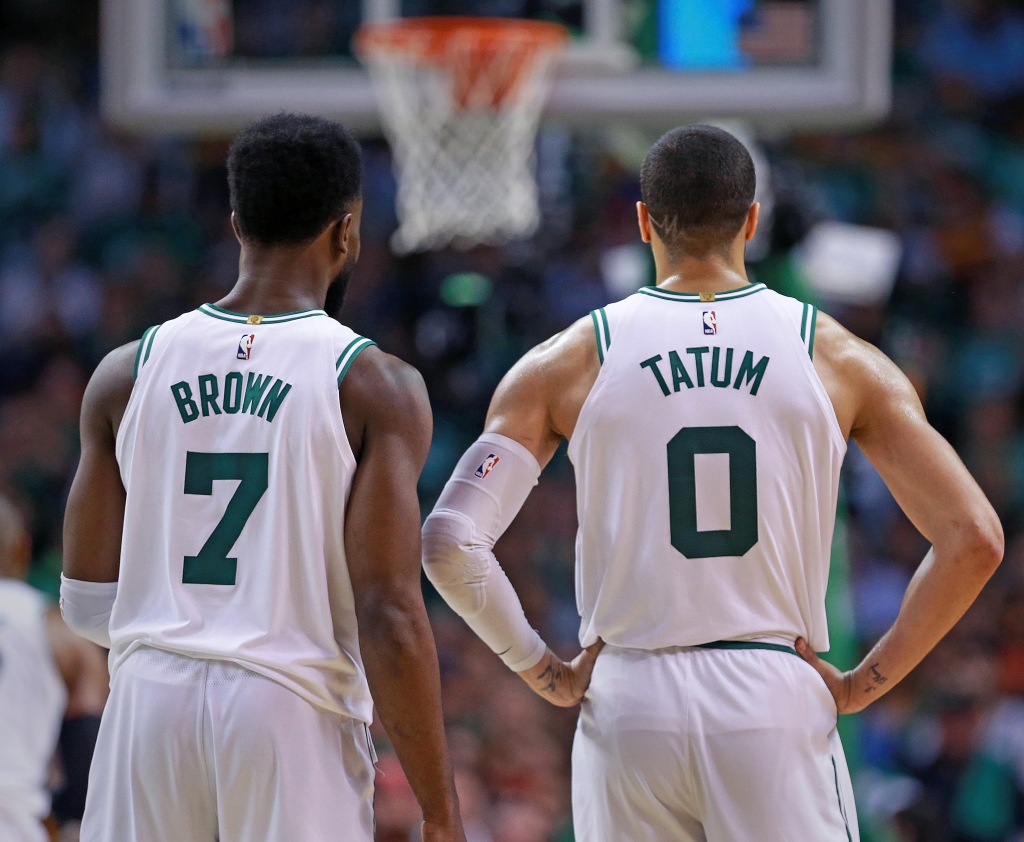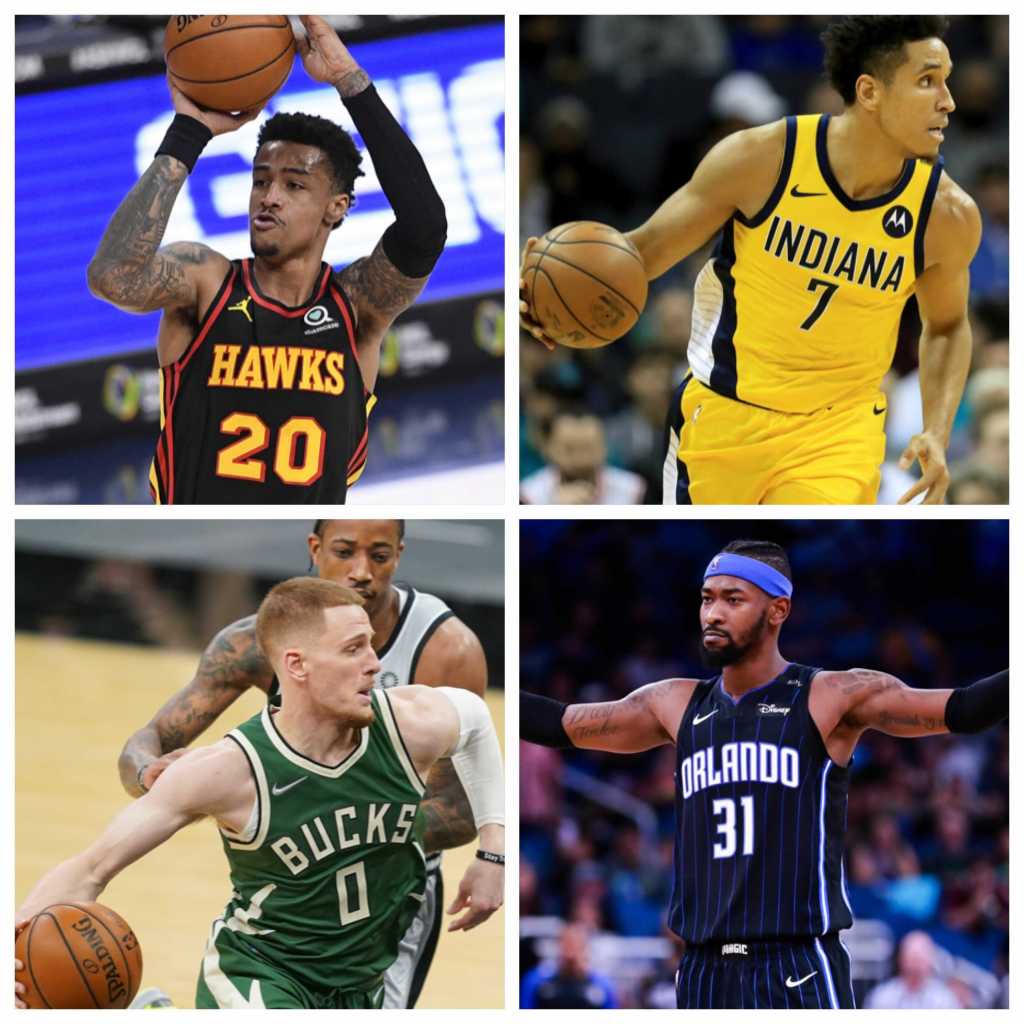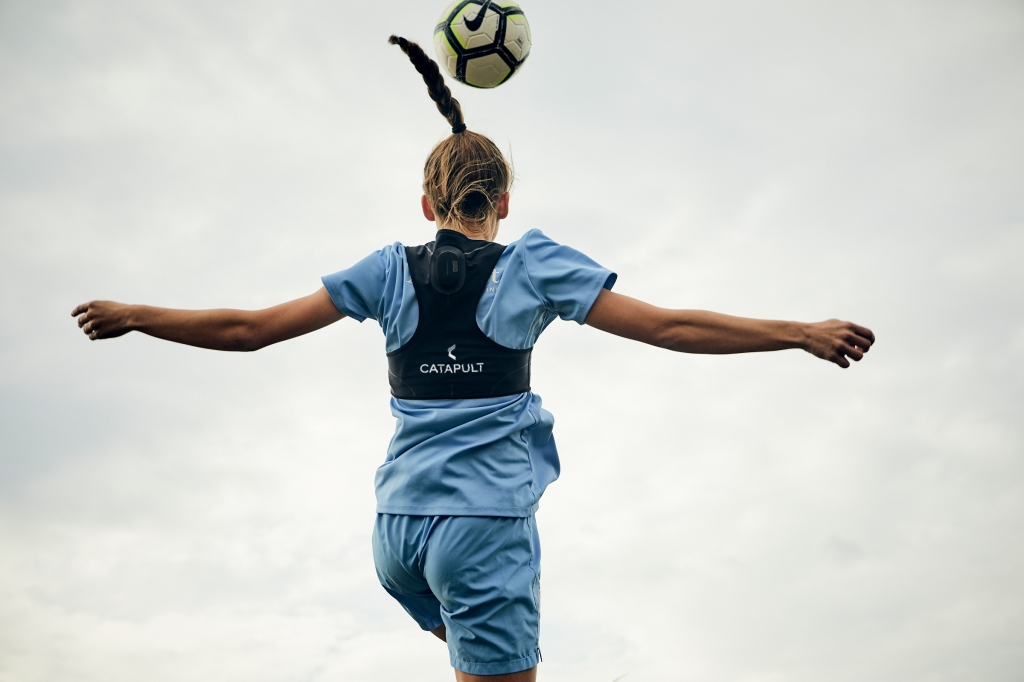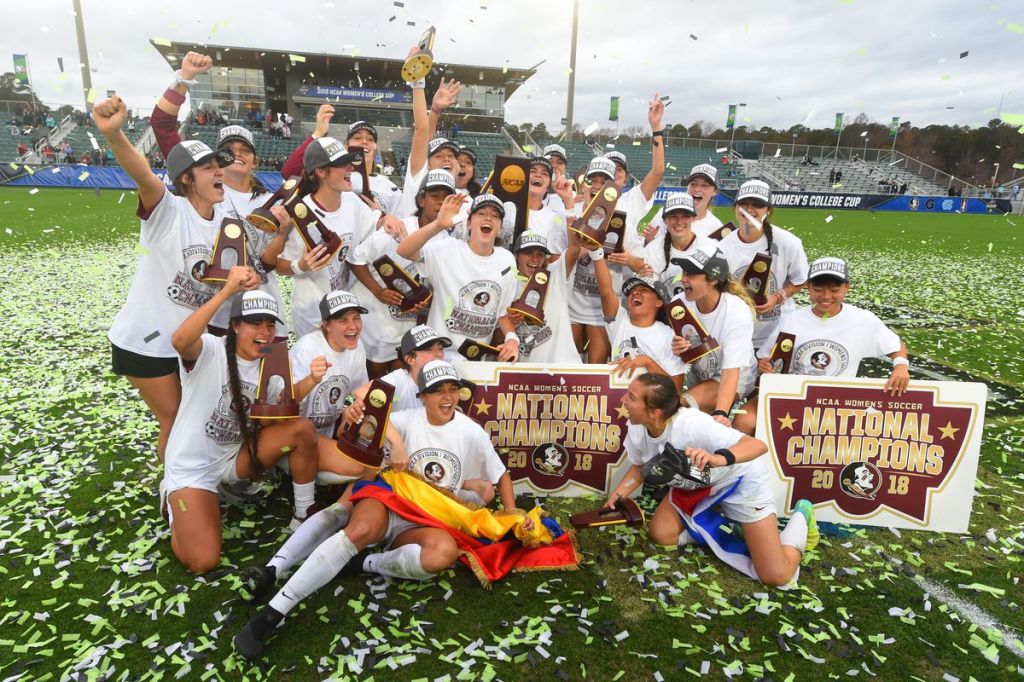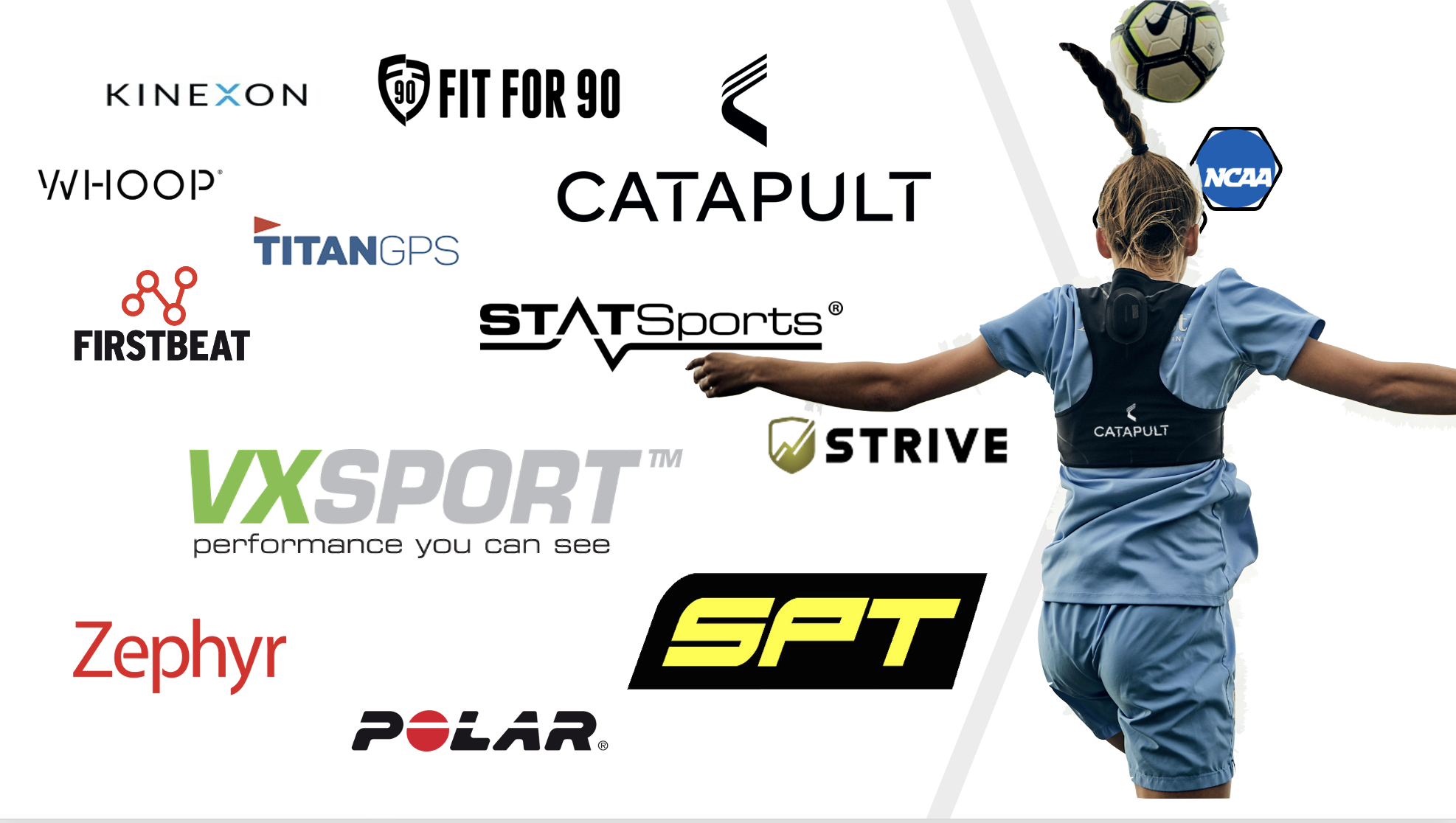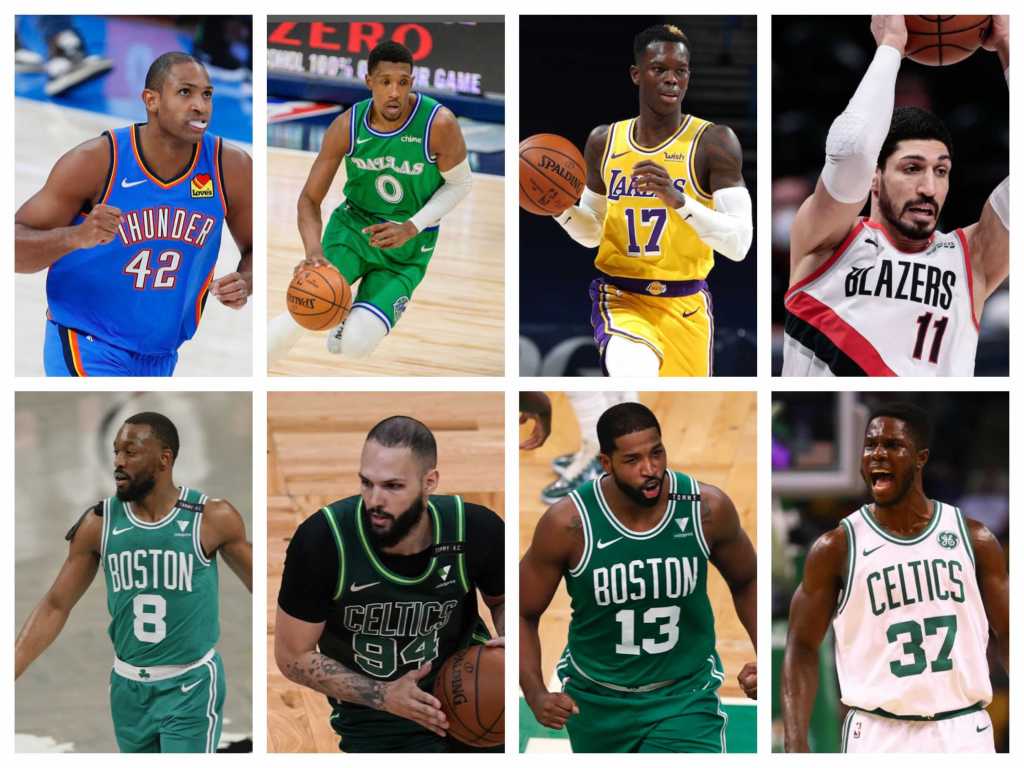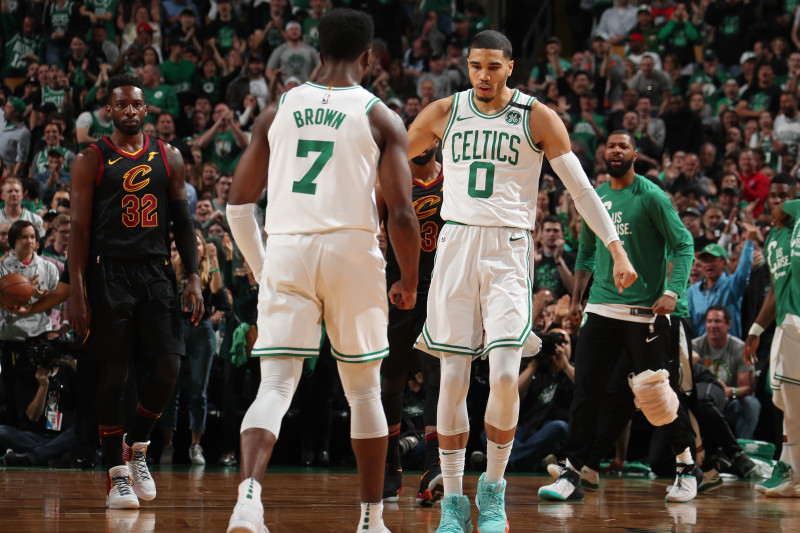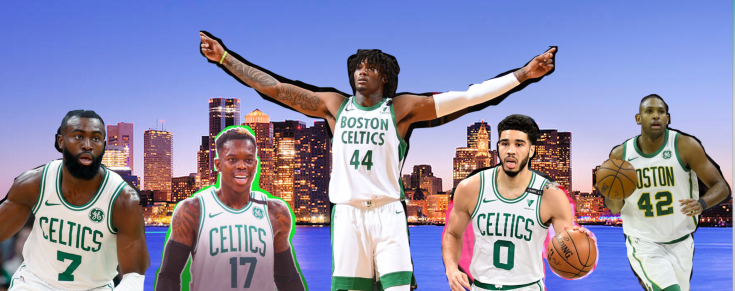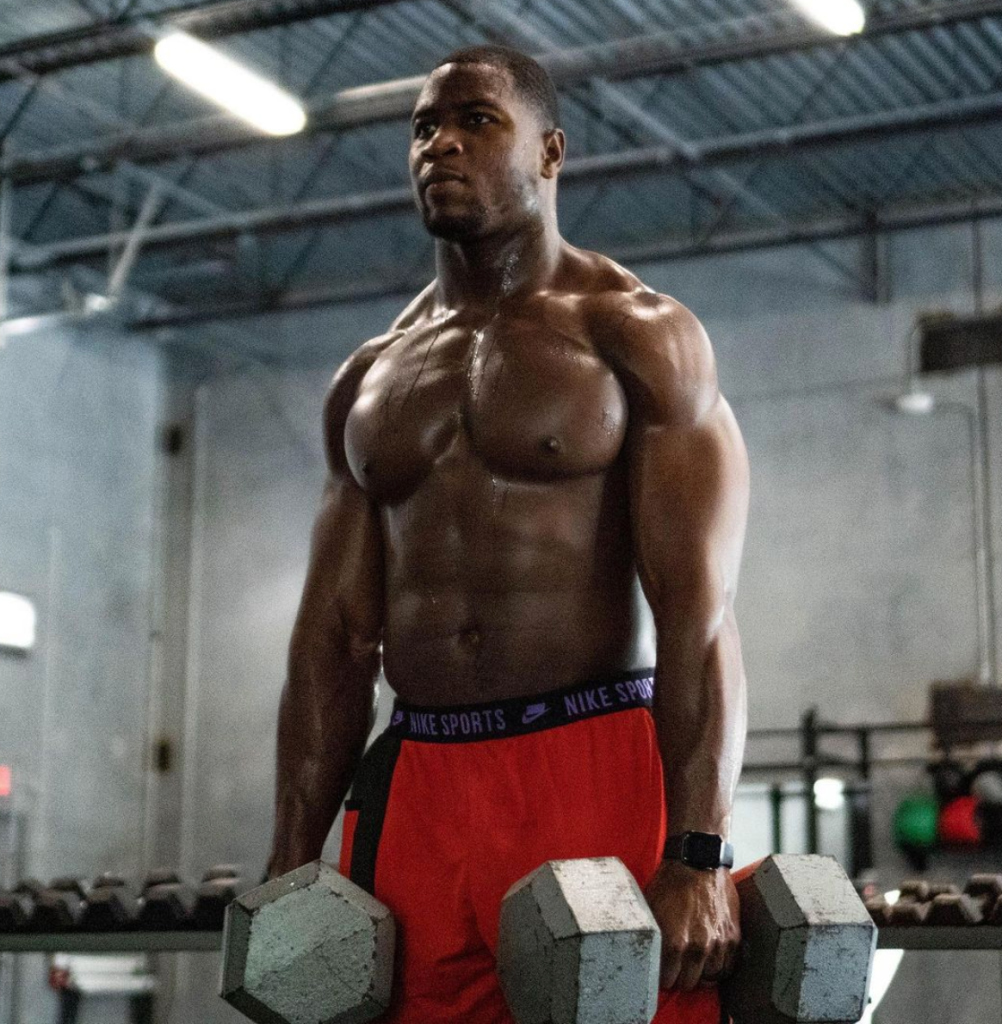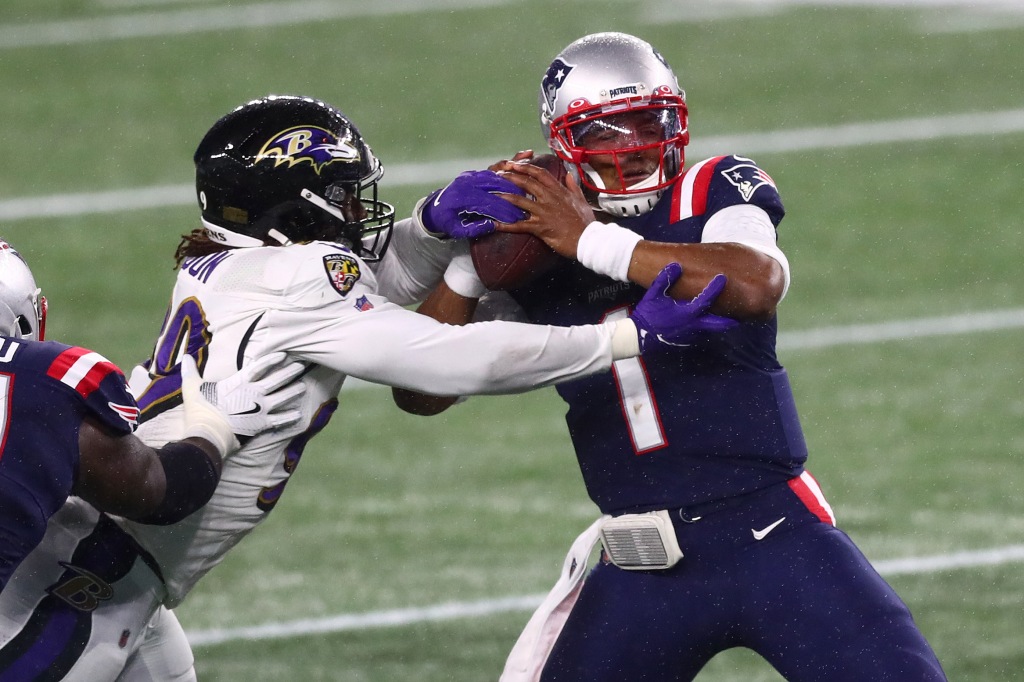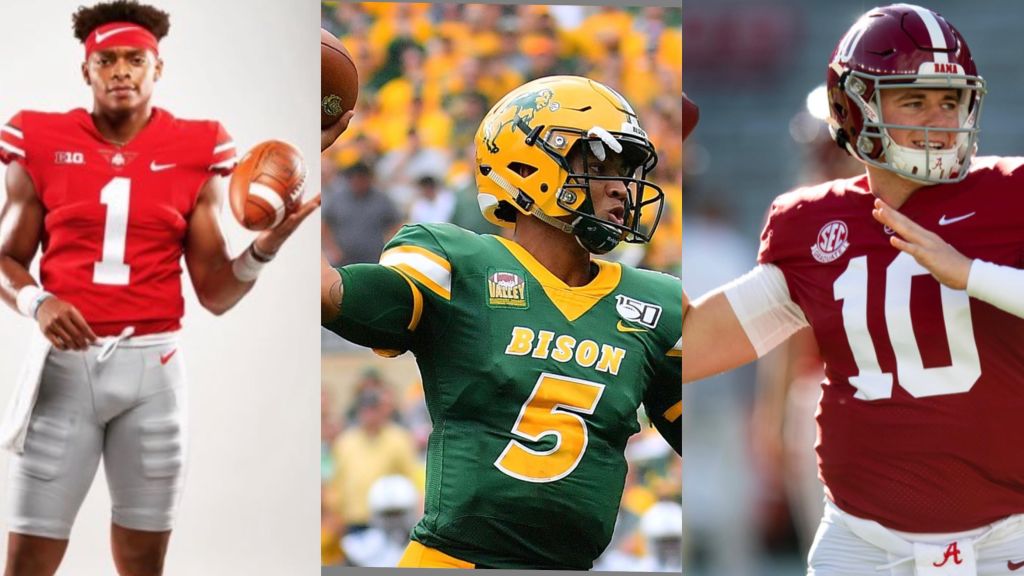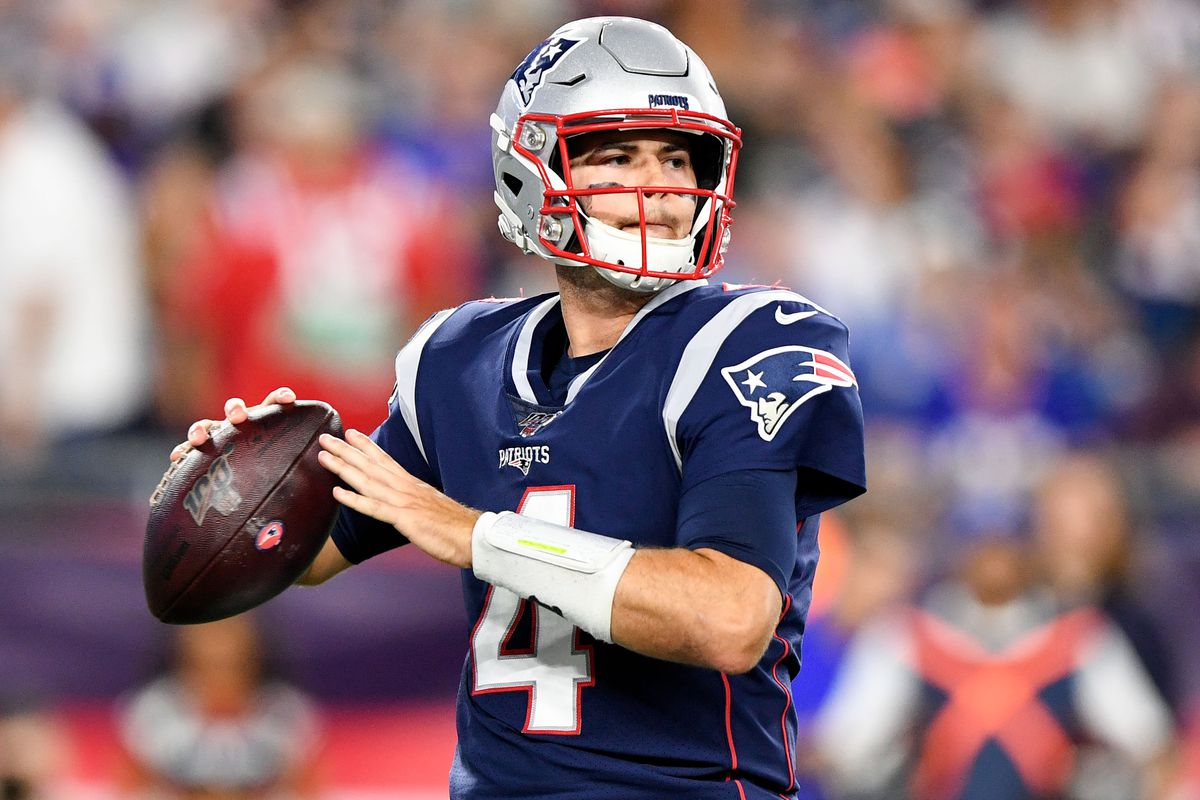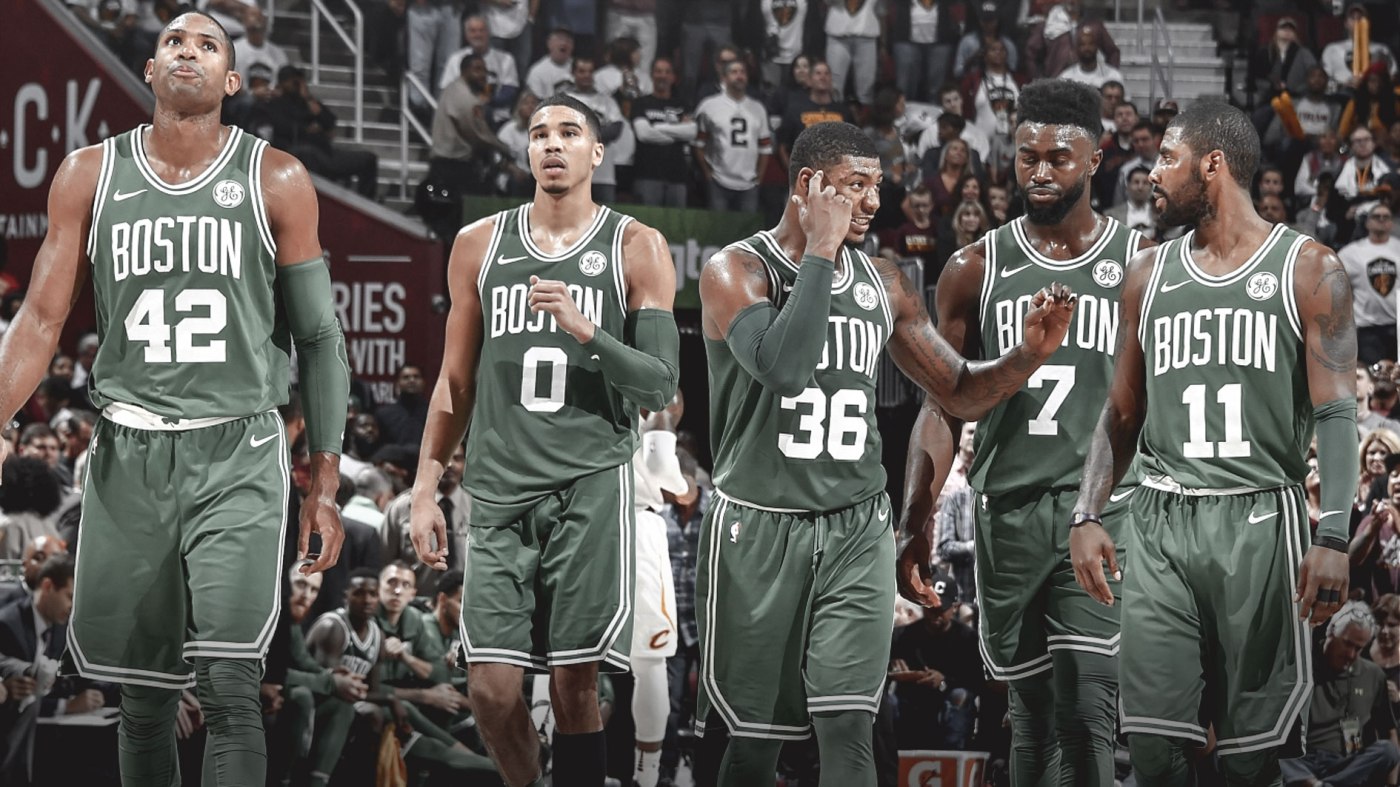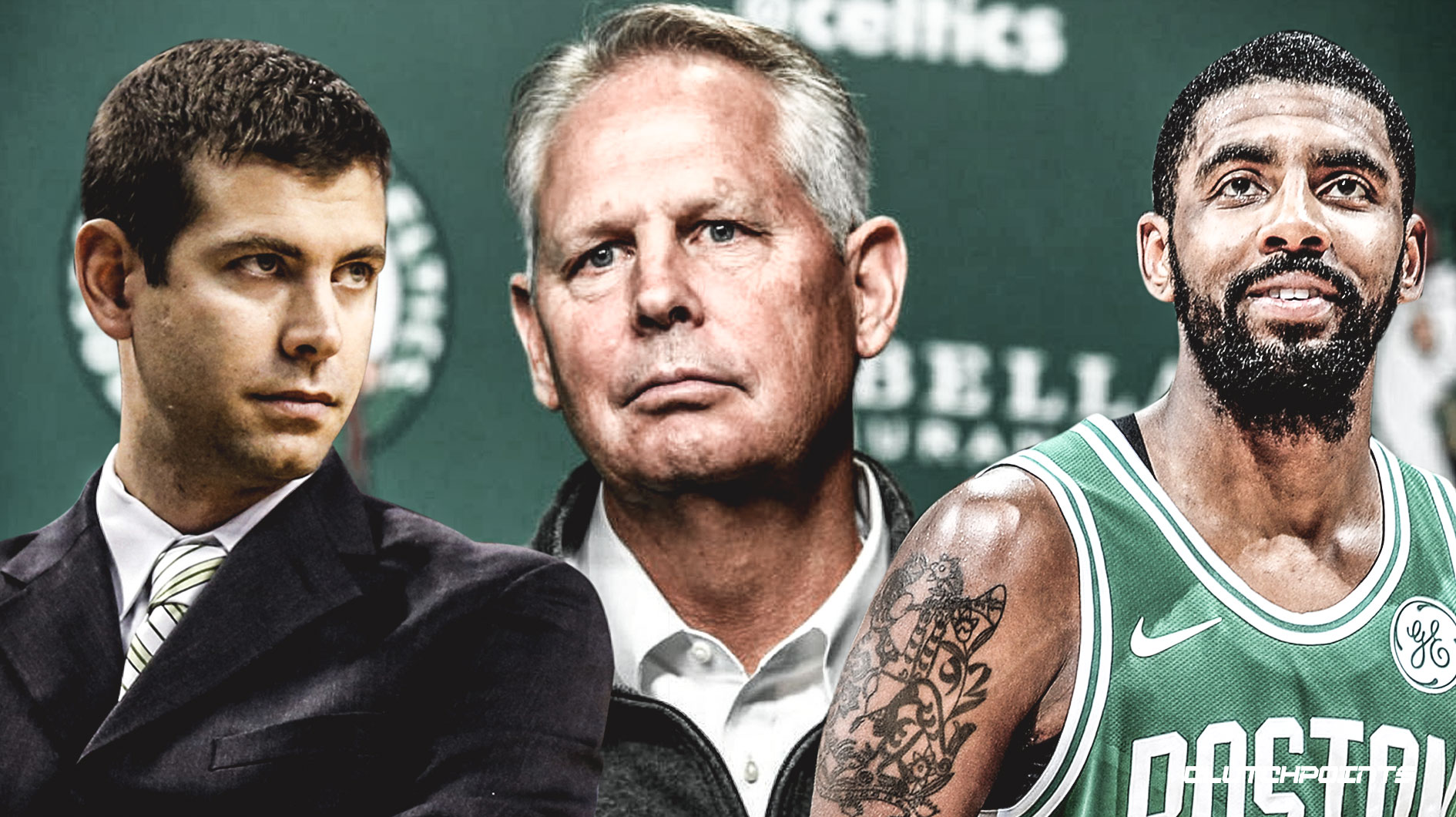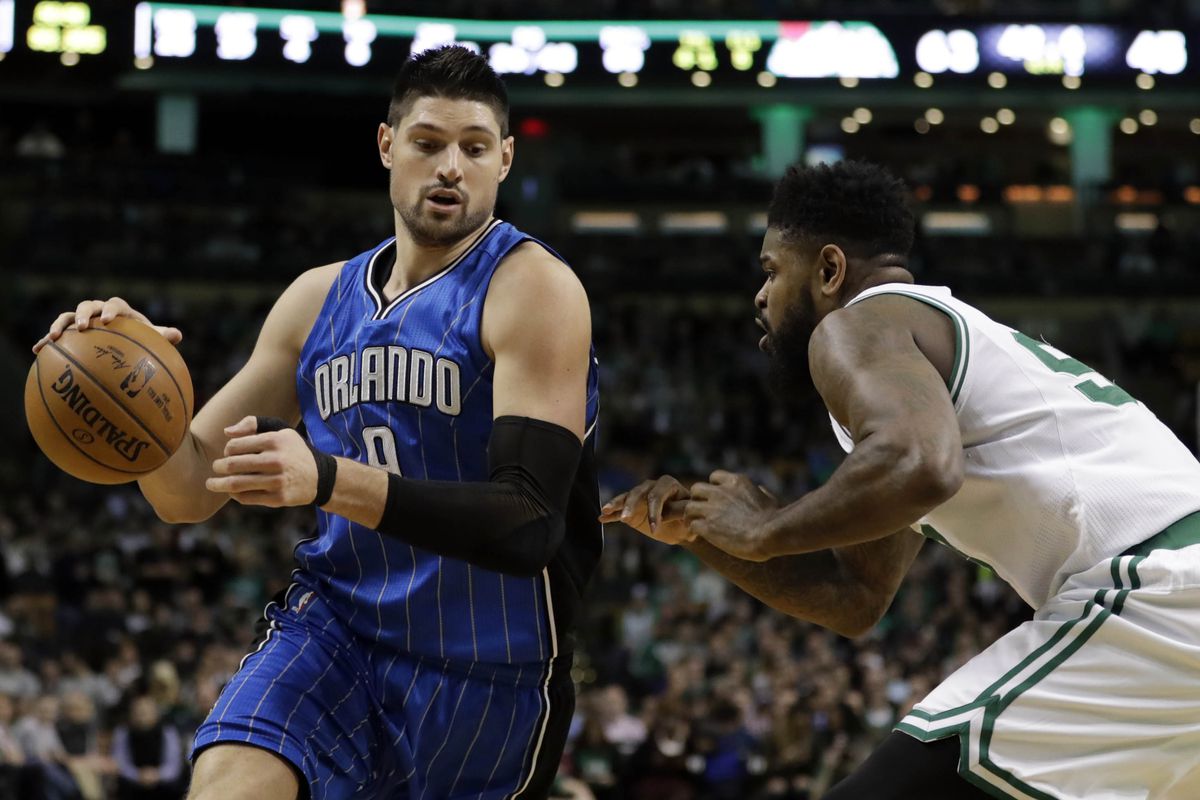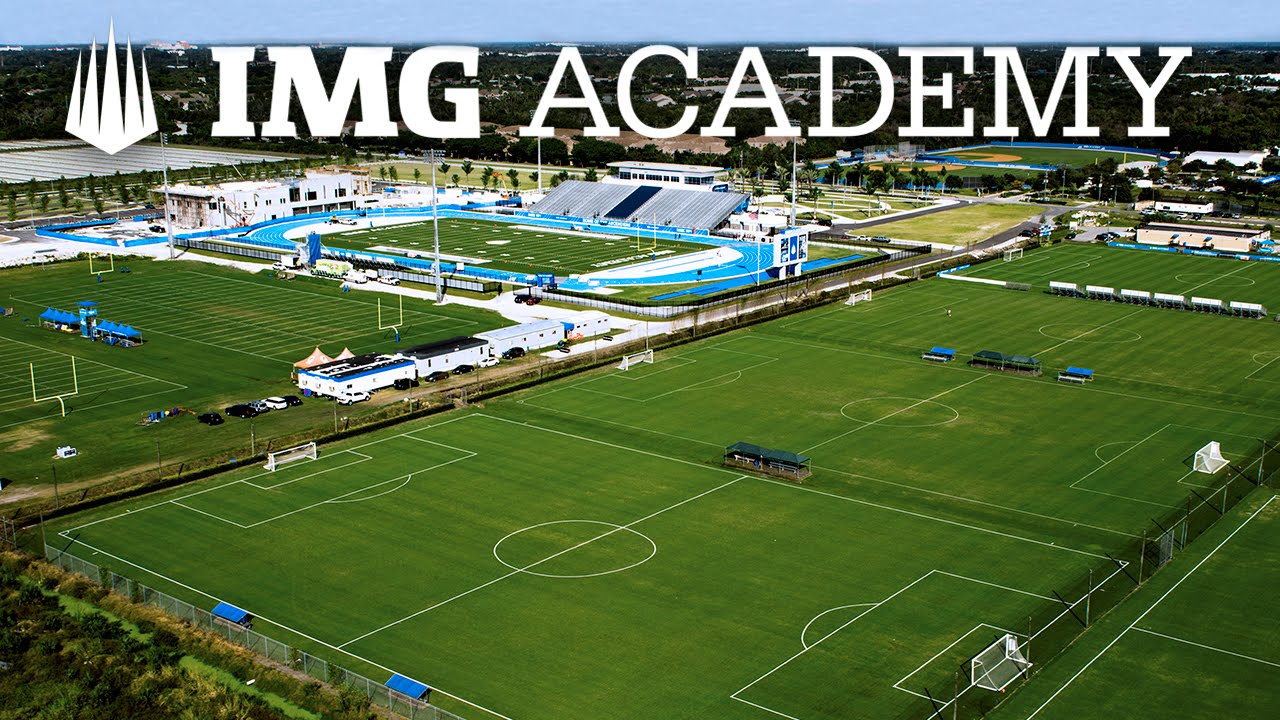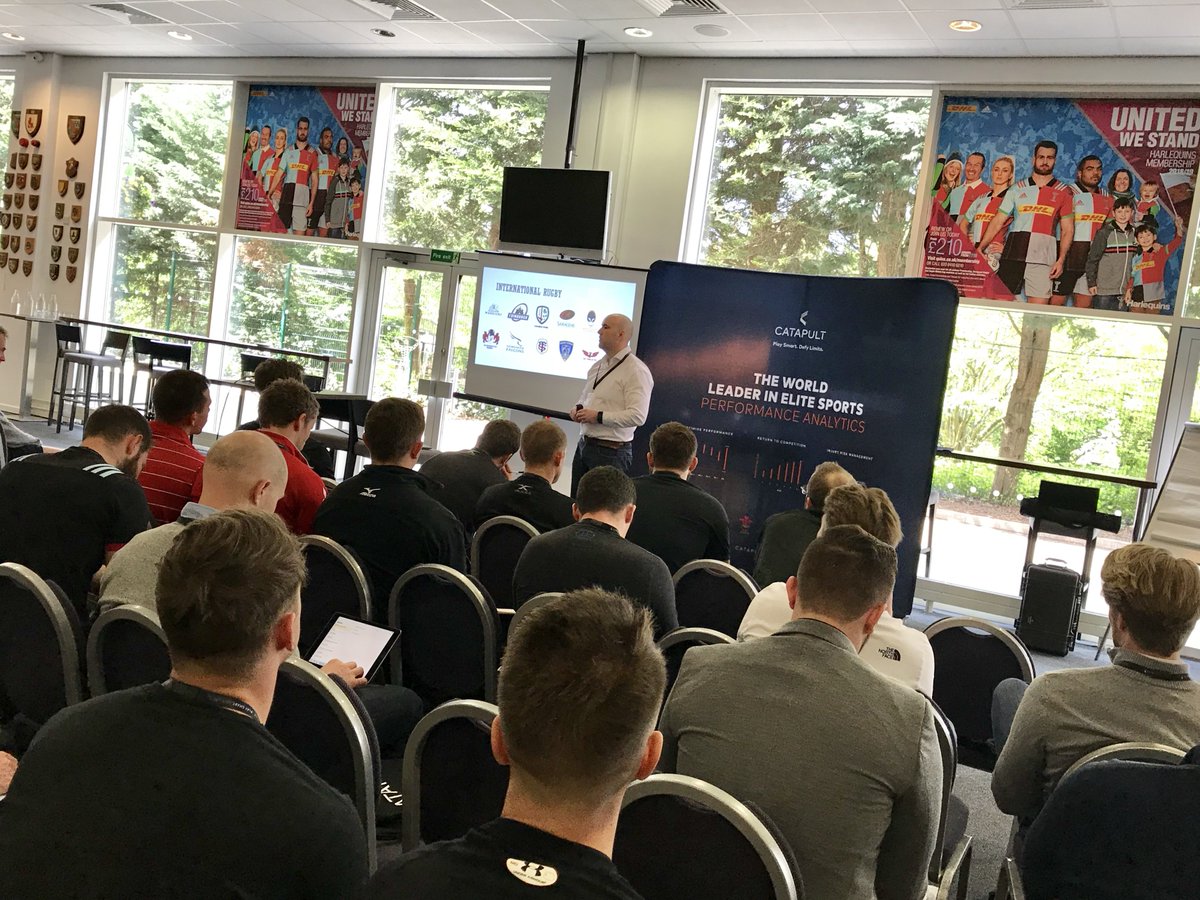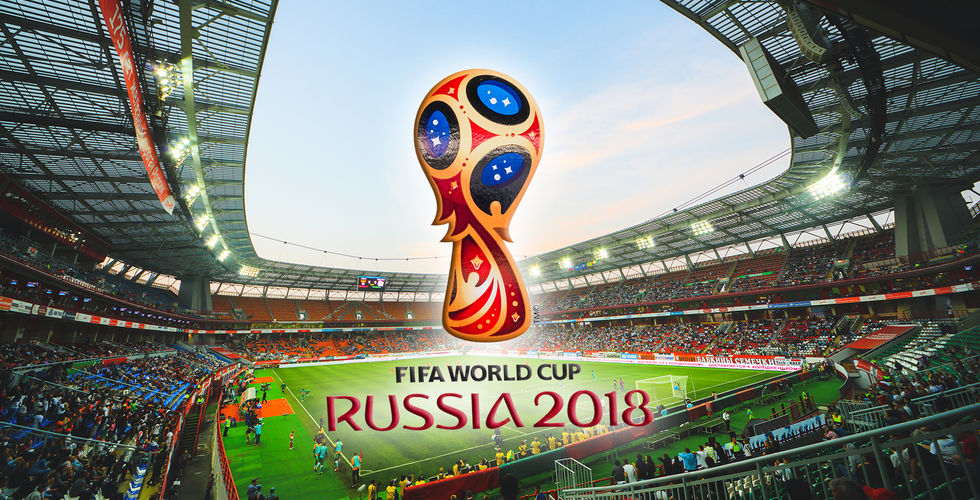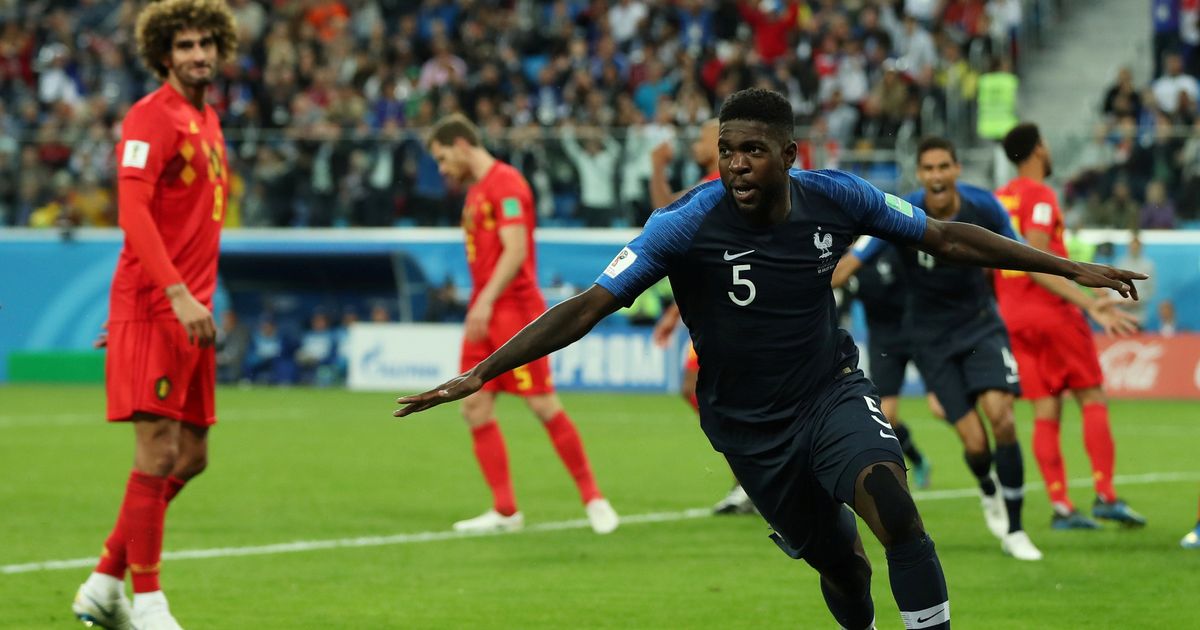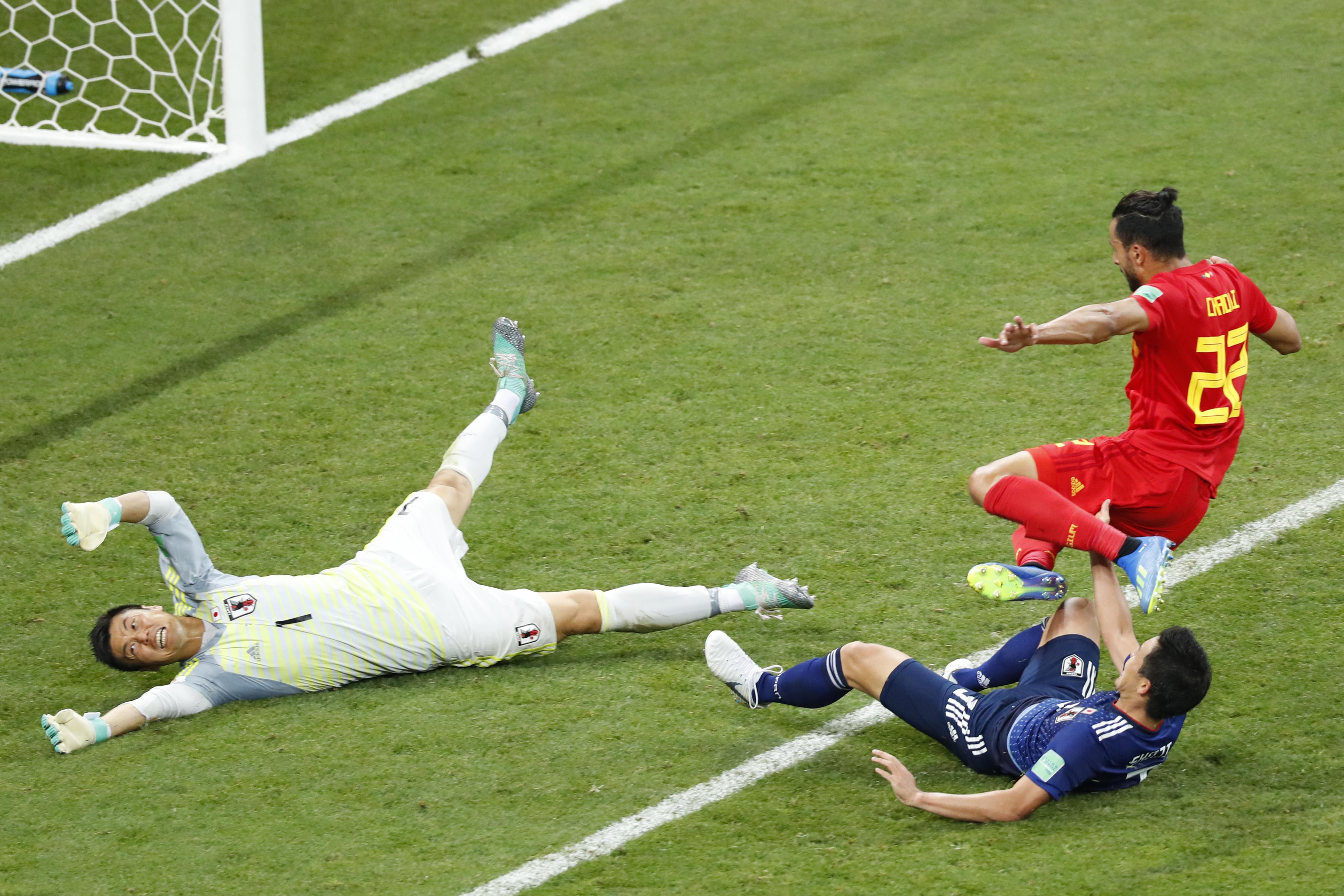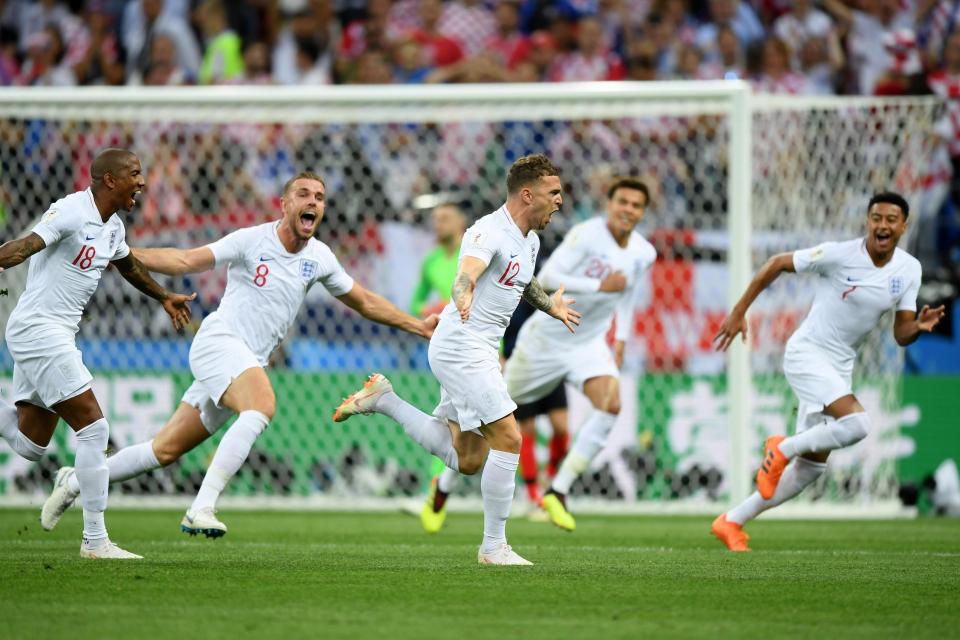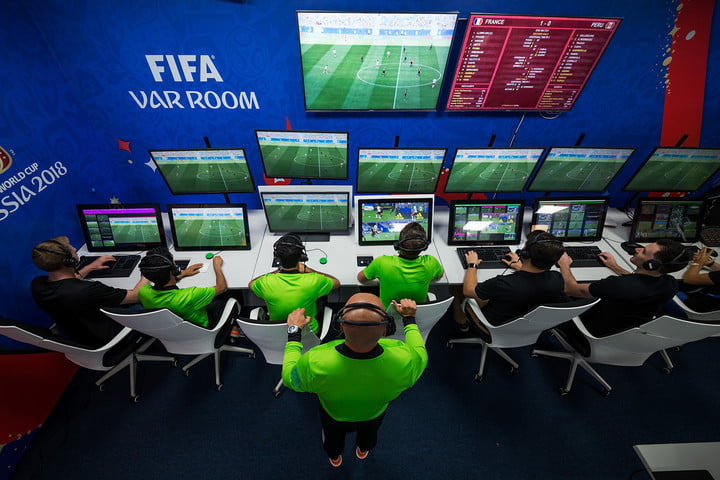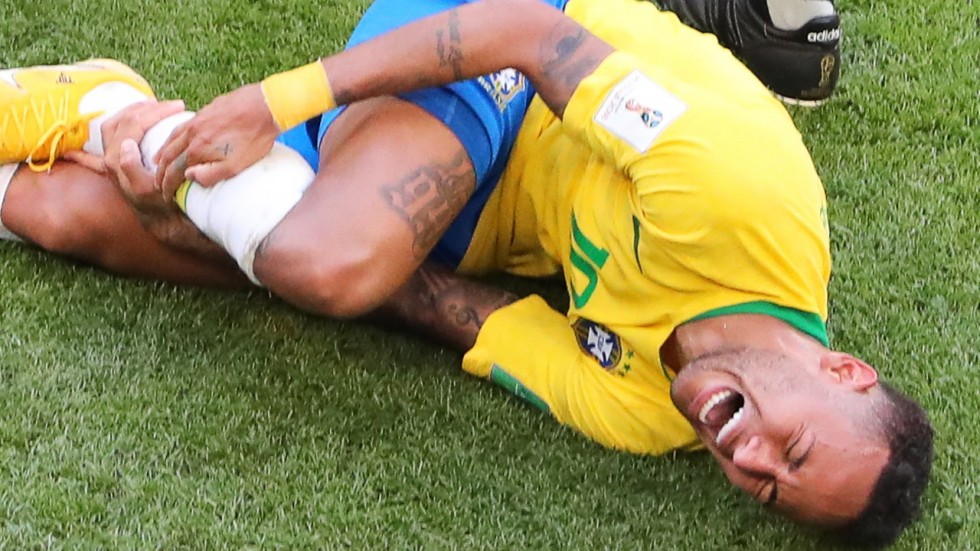Let me begin by saying that I believe everyone has a slightly different perspective on the college soccer recruiting process based on their own experiences. With that said, let me give you my perspective, which has been shaped by the following experiences:
- Going through this process 16 years ago, and foregoing several top D3 program offers to be a “recruited walk-on” at a D1 program in Georgetown University
- Having worked at IMG Academy from 2012-15, and experiencing a unique soccer academy approach to the recruiting process with high school student-athletes
- Working for a college athletics recruiting agency called Student-Athlete Showcase from 2017-2020, which took more of a bulk client approach similar to a NCSA, utilizing website profiles and mass emailing strategies
- Working independently with about a dozen high school soccer student-athletes on a personalized approach from 2021-present

So let’s begin with the question, “Is it worth it?” For me, the answer was simple, 100% yes. However, that answer is conditional, and is dependent on whether the student-athlete is all in. If he/she is not, it will lead to burnout, frustration, and ultimately be a waste of time. That is why one of the first questions I ask the high-school athletes I work with is, “On a 1 to 5 scale, how important is playing college soccer to you?” If the answer Is not a 5, we may have an issue.
What did I gain from my college soccer experience? From the start, I believe it helped me gain a college degree at a top 20 university. While I was a 50/50 candidate to get into Georgetown, soccer is what ultimately helped pushed me over the edge with admissions. And while I didn’t receive a scholarship in my early years at Georgetown, I eventually earned one that resulted in a “full-ride” for my 5th year of eligibility and a Master’s Degree. Secondly, it taught me some crucial life lessons around time-management, hard work, and leadership. Waking up at 6am for lifts and early morning practices, dedicating 20+ hours a week to one common mission, and then learning to balance all of that with a rigorous academic course-load at the age of 18, is extremely challenging. Lastly, the college soccer experience gave me a “fraternity” of brothers who have been in my corner for life after college, whether that be coaches who have been mentors or references for jobs, or teammates who have gone on to be groomsmen in my wedding … it gave me a support system of people that have gone to bat for me over the last 10+ years of my life. That is only the case given the experiences we shared together for the 4 (or in my case 5) years of the most formative period of our lives.
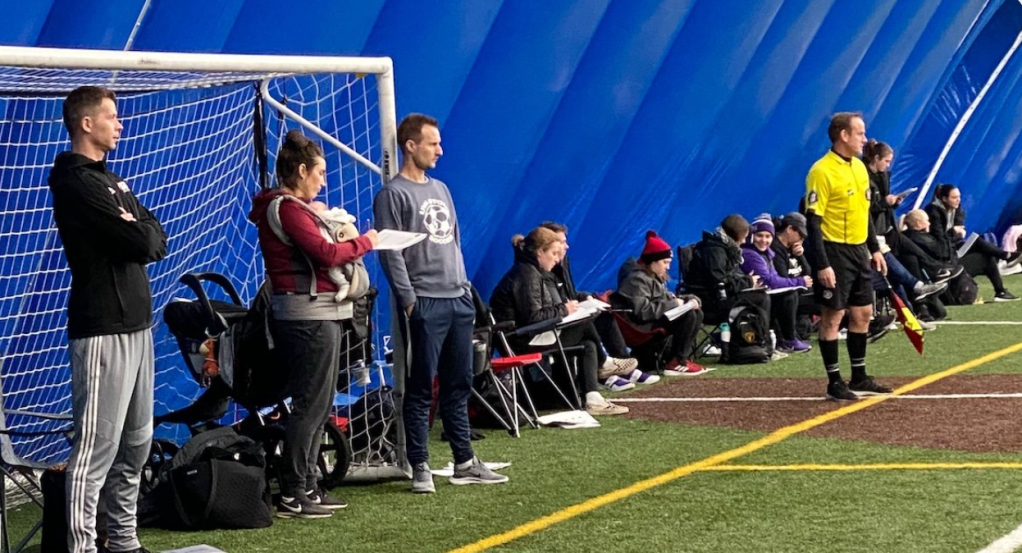
So what is the secret to getting recruited? Let me begin by saying, every prospect has a different path, and there are no two exact same situations. Student-athletes come from different financial situations, have different academic scores and abilities, are exposed to different levels of youth soccer academies/clubs depending on where they’re from, which all work together to create a unique “story” for each student-athlete. Here are my general pieces of advice to high school student-athletes who recognize that they are “all in” to chase their dream of playing college soccer:
- Cast Your Initial Net Wide. If you’re not opened-minded, you’re setting yourself up for failure. I can’t tell you how many folks reach out to me and say “I want to go to one of these top Ivy’s, Stanford, Duke, or Notre Dame.” If I could guarantee that, I would have the job title of “Miracle Worker” and likely be retired by now. There are over 200+ Division 1 men’s college soccer programs out there, and even more Division 3 programs, and there are a lot of quality ones. If you’re receptive to conversations with coaches who may not be on your initial list, you’ll set yourself up for success down the road. Interest breeds interest. If/when a coach on your “top list” asks you who else has been recruiting you, you’ll be able to reference those earlier conversations. Those early conversations will also give you quality practice with coaches who may be higher on your list. With that said, always be genuine and truthful with your intentions/desires, as the recruiting world is small, and word gets out quickly if you develop a bad reputation of misleading coaches.
- Put Yourself Out There. College soccer recruiting is very much a two-way street. Those prospects that are communicating with coaches earlier on generally are rewarded come decision time. The most tangible way to put yourself out there is in the form of a recruiting video. It’s one of the first things I do with the student-athletes I work with, as getting quality footage is one of the easiest ways to present yourself to coaches who may not necessarily be able to see you play in person. It oftentimes is the “first impression” a college coach has on prospects. The highlight tape can jumpstart communication and lead to invitations to ID camps or requests from the coach to see the prospects’ upcoming playing schedule.
- ID Camps. There are several good ones out there that are legitimate recruiting opportunities, and there are also several others that are used as “money-makers” where little to zero genuine evaluation/recruiting takes place. The key here is for prospects to ask the right questions in advance of the camp, such as “Where are you in the process of your 2024 recruiting class,” “Where do you project me fitting into your program,” or “What percentage of your recruiting class generally attends a camp?” There are several camps where multiple college coaches attend, that often can provide a better “bang for your buck” depending where you are in the process. If you’re further along in the recruiting process and have the opportunity to attend one of your top choice program’s’ ID camps, and want to check out the campus a bit more, than those could also be wise ones to attend.
- Play with the best players you can. This is a lesson I picked up from experience in going through the process myself. I played on the best club in the state of Massachusetts from U11 to U14, however when some of the more meaningful recruiting years came around from U15-U17, the club quickly faded from the top. I eventually realized that for me to play in more recruiting showcase tournaments and with better players who shared my vision of playing college soccer, I either had to drive an hour south into Boston to play for the Boston Bolts, or drive an hour north to play with Seacoast United in an effort to not only get sufficient opportunities to be recruited but also to properly develop as a player. When you play with others who are better than you, it forces you to think quicker, play quicker and ultimately become that much better. This is true about most sports, but I’m not sure it’s more true in any other sport than soccer.
- Time is your greatest asset. It’s simple but true … The longer you wait to begin initiating with college coaches, the less likely you are to play college soccer. While every program is different, most D1 programs generally close their recruiting class in the late fall of the preceding calendar year, while D3 programs will trickle into the preceding spring. The only way to manipulate time in this process is to reclassify with a PG year (which is not an option for most prospects or their families), so I generally recommend prospects to begin getting serious about the process at some point in their sophomore year. On June 15th after their sophomore year, college coaches are allowed to start communicating back to them.
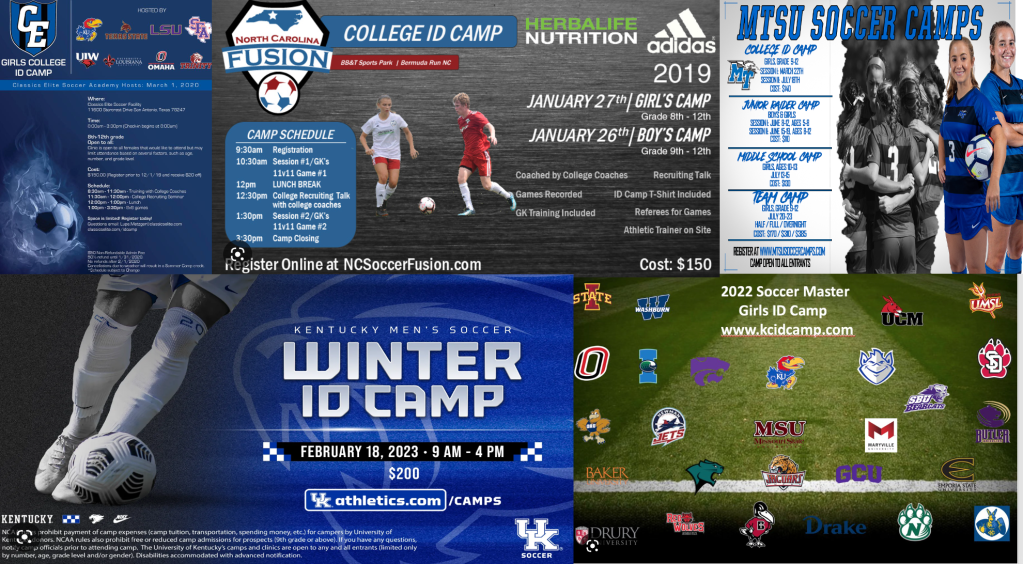
The last part I’ll mention here is to enjoy the process. It’s easy to get anxious, stressed out, and disheartened if things are not happening as quickly as you’d like them to. Deciding where you’re going to college is a huge decision, and often that decision does not happen quickly, as finding the right fit takes some time and should be a process. With all that said, the reason I’ve stayed involved in this space over the years, is because of how meaningful of an experience college soccer was for me, and how strongly I believe it can positively impact young men and women’s lives.

